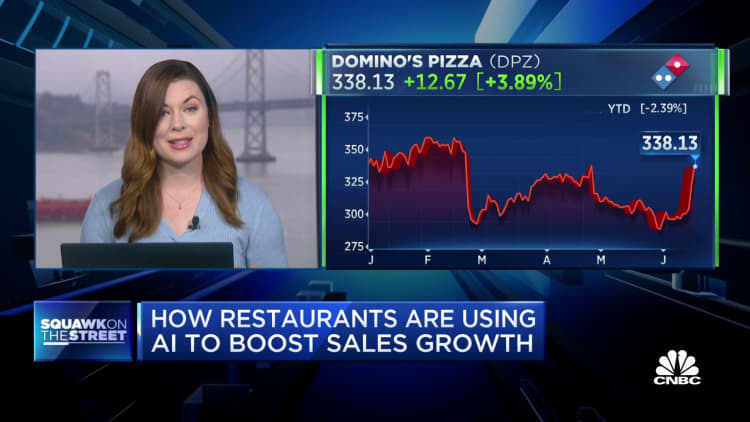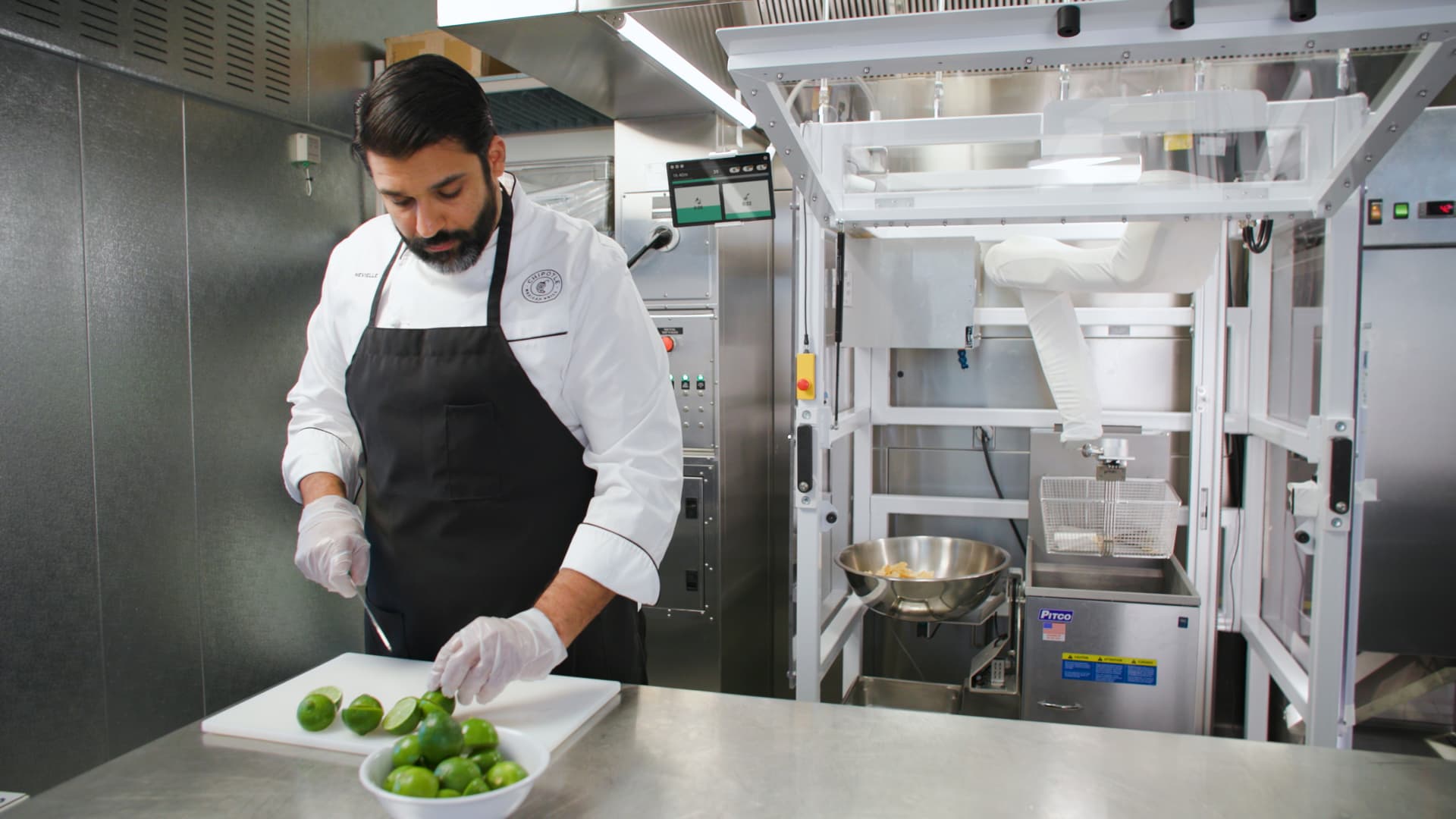
From drive-throughs to back-office operations to predictive ordering by consumers, restaurant brands are experimenting with artificial intelligence to simplify food service.
The technology has yet to reach critical mass at major chains, but has the potential to automate more tasks and give restaurant workers the opportunity to have a more meaningful experience with guests.
A key upside, analysts say, is the potential to ease labor challenges in a persistently tight hiring market. The National Restaurant Association predicts that the industry will add 500,000 jobs by the end of 2023, but notes that there is currently only one applicant for every two open positions.
Additionally, TD Cowen estimates that voice-enabled AI can increase sales by 15 percent through suggestive selling and reduce service time by 10 seconds.
Andrew Charles, general manager of consumer and restaurants at TD Cowen, said the shift in the industry is reminiscent of the emergence of third-party delivery services five years ago, when they were ubiquitous with virtually every major restaurant operator.
“Some are experimenting, others we’re considering, most are piloting,” he said of the third-party apps used to deliver the service. “I think there’s an obvious analogy today, it’s very similar, and you’re going to see a domino effect here as we continue to see further adoption of it.”
But according to Charles, there are still obstacles to widespread adoption. Many of these large restaurant chains will need to get franchisees on board. Language barriers and menu nuances add complexity to an ordering process that AI may not be able to navigate.
Meanwhile, a wave of pilots has begun.
Last month, CKE, the parent company of Carl’s Jr. and Hardee, announced its goal to Presto and open city artificial intelligence.
Yum!brand In recent years, it has been a leader in using artificial intelligence to enhance operations, including the 2021 acquisition of Dragontail, which aims to simplify food preparation and delivery. The technology, which automates kitchen processes, driver dispatch and customer order tracking, is used in 1,000 Pizza Hut locations in the US and nearly 3,000 Pizza Hut locations worldwide. The company also relies on AI’s Recommended Ordering module, which informs managers how many products to order each week.
McDonald’sFor its part, it sold McD Tech Labs to IBM in 2021, forging a strategic partnership to help bring AI technology to the drive-thru. McD Tech Labs, known as Apprente before it was acquired by McDonald’s, uses artificial intelligence to understand drive-thru orders. McDonald’s has tested the technology in some locations so far.
Del Taco is also using voice-activated AI to place orders at its drive-thru restaurants. wing stop For orders placed by phone.
Panera Bread has also invested in technology for front- and back-office operations. It is working with OpenCity AI for drive-thru voice ordering, and with Miso Robotics for coffee quality and temperature control for greater product consistency.
For Panera, it’s a question of, “How do we redeploy our people to higher-value, higher-quality customer experiences,” said Chief Digital Officer George Hanson. “Whether it’s they’re spending more time on food prep and quality control, or on face-to-face interactions,” Hansen told CNBC.
“It might just turn around and go into the restaurant and ask how their meal is going or if they can clean the table — just having those warm interactions. We think that’s a higher value.”
Chipotle is testing an autonomous kitchen assistant called Chippy, which offers a robotic solution for making potato chips in restaurants.
Courtesy: Chipotle
chili saucea technology leader in the restaurant space, also partnered with Miso Robotics to launch Chippy, its maker of robotic chips, is currently installing and cooking chips at a restaurant in Fountain Valley, California. Using AI, Chippy has been trained to recreate the brand’s exact potato chip recipe with salt and fresh lime juice. The next iteration of Chippy will also determine the number of chips that need to be made.
The company has also implemented AI on its app to deploy suggested ordering, and is using a camera system in its Cultivate Center test kitchen to provide real-time data on how many products are needed based on the number of customers, improving predictability and reactivity.
Chief customer and technology officer Curt Garner told CNBC the hope is that artificial intelligence and robotics will amplify and improve the human experience at the company’s restaurants.
“[It]serves as a tool to help the crew, management and team adapt to their current environment, but without taking them out of the equation of serving our guests and operating the ship,” he said.


